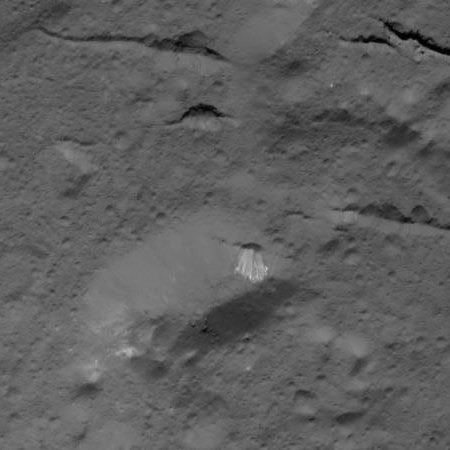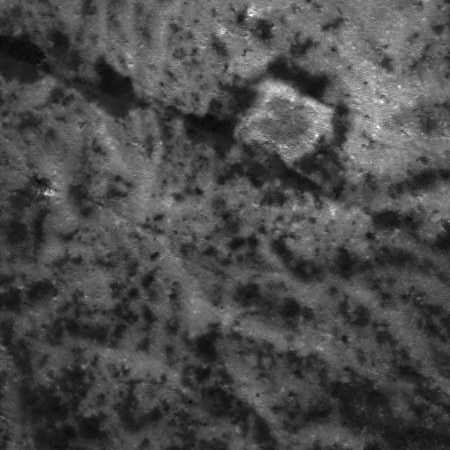More problems for Mueller in Manafort trial
The first trial by Robert Mueller’s special council investigation (supposedly about Russia collusion during Trump’s election) is not going well so far for Robert Mueller.
1. The trial of Paul Manafort has nothing to do with Russian collusion. In fact, after more than a year of investigation Mueller has yet to find any evidence of collusion.
2. Mueller might not be able to call his star witness, without which the judge told him he does not have a case.
3. Mueller’s attempt to demonize Manafort for living the high life went over very badly with the judge.
4. And today, the judge called an early recess, after apparently losing patience with the prosecution for its errors and attempts to slip improper testimony to the jury.
In general, the Mueller prosecuting team has looked like a clown show, both in the Manafort case as well as in its case against a Russian company that surprised Mueller by actually showing up in court. I don’t know yet if they will get a guilty verdict in the Manafort case, but to my eye it increasingly looks like they won’t. And if Mueller fails here, his entire investigation, which has appeared like a fraud from the start, will be discredited in plain sight.
The first trial by Robert Mueller’s special council investigation (supposedly about Russia collusion during Trump’s election) is not going well so far for Robert Mueller.
1. The trial of Paul Manafort has nothing to do with Russian collusion. In fact, after more than a year of investigation Mueller has yet to find any evidence of collusion.
2. Mueller might not be able to call his star witness, without which the judge told him he does not have a case.
3. Mueller’s attempt to demonize Manafort for living the high life went over very badly with the judge.
4. And today, the judge called an early recess, after apparently losing patience with the prosecution for its errors and attempts to slip improper testimony to the jury.
In general, the Mueller prosecuting team has looked like a clown show, both in the Manafort case as well as in its case against a Russian company that surprised Mueller by actually showing up in court. I don’t know yet if they will get a guilty verdict in the Manafort case, but to my eye it increasingly looks like they won’t. And if Mueller fails here, his entire investigation, which has appeared like a fraud from the start, will be discredited in plain sight.


